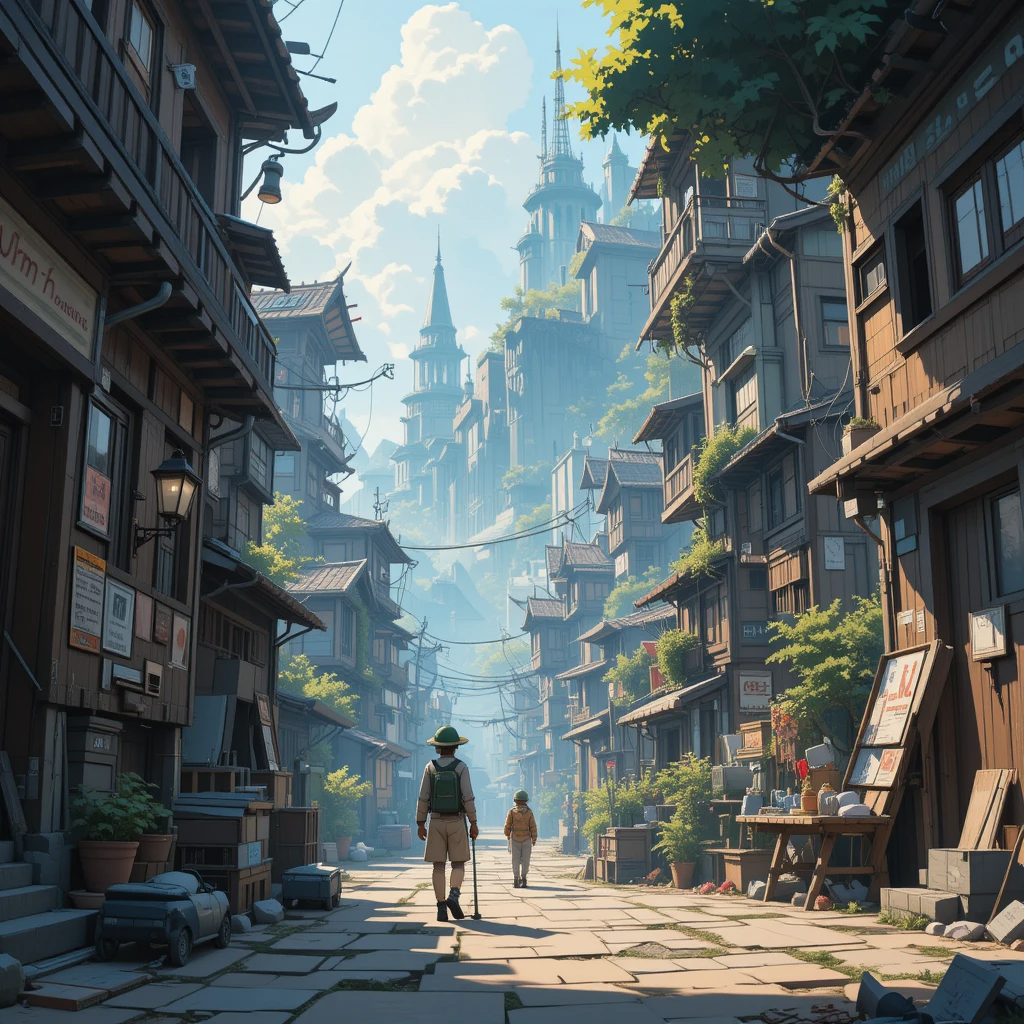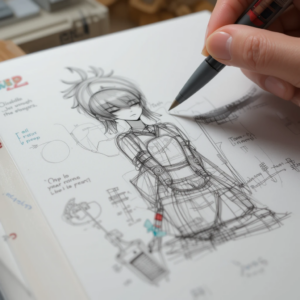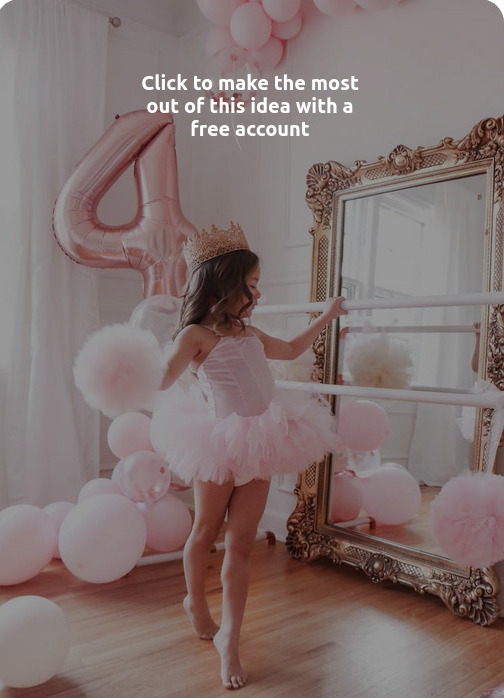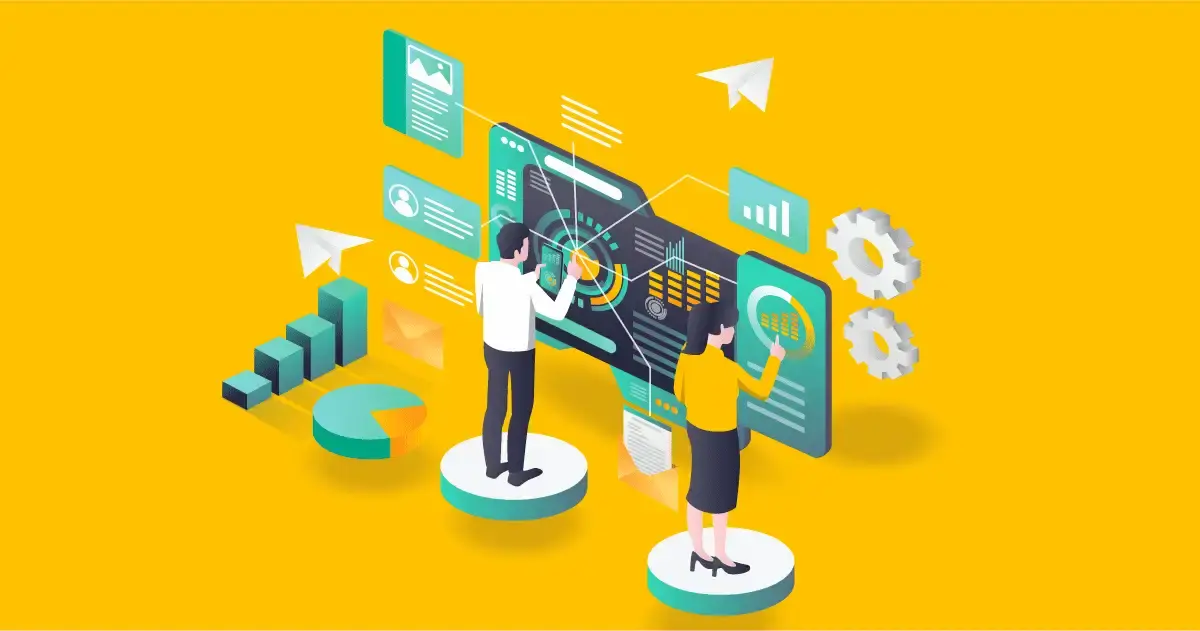The Importance of Sketching in Creating Authentic Animated Worlds

Animation is an art form that blends creativity and technology to bring characters and worlds to life. But before an animated world appears on a screen, it starts as a simple sketch. Sketching plays a vital role in animation, helping artists visualize their ideas, create authentic environments, and develop unique characters.
Even in today’s digital age, where advanced animation software and AI tools exist, sketching remains an essential part of the creative process. It serves as the foundation for storytelling, allowing animators to explore different styles, moods, and perspectives before moving to the final digital version.
In this article, we will explore why sketching is so important in animation, how it enhances authenticity, and how modern tools complement traditional drawing techniques.
Why Sketching is Important in Animation
Sketching is the first step in the animation process. It helps animators and designers develop their ideas before turning them into digital models or frames. Here are some key reasons why sketching is essential:
1. Visualizing Ideas
When an artist has an idea for a character, scene, or world, the quickest way to capture it is through sketching. A rough sketch allows them to put their thoughts on paper without worrying about perfection. This stage is about exploration—trying different shapes, compositions, and styles to see what works best.
2. Creating a Strong Artistic Foundation
A strong sketch acts as a blueprint for the final animation. Whether it’s a character design or an entire landscape, having a well-thought-out sketch makes the animation process smoother. Animators use these sketches as guides to maintain consistency throughout the project.
3. Developing Unique Character Designs
Sketching allows animators to experiment with different facial expressions, poses, and proportions to create characters that feel alive. This is especially important in animation, where exaggerated features and movements make characters more expressive and engaging.
For example, iconic animated characters like Mickey Mouse, Goku, or Elsa all started as simple sketches before evolving into the figures we recognize today.
4. Improving Storytelling
A great animation is not just about movement; it’s also about storytelling. Sketching helps animators plan scenes, angles, and compositions that enhance the narrative. Storyboarding, which is a series of sketches showing how a story unfolds, is a crucial part of this process.
How Sketching Brings Authenticity to Animated Worlds
Authenticity in animation means making characters, environments, and movements feel real and believable, even in fantasy or sci-fi settings. Here’s how sketching contributes to this:
1. Capturing Realistic Movements and Emotions
Sketching helps animators study human and animal movements to create fluid, natural-looking motion. Artists often use gesture drawings—quick sketches that capture movement and posture—to ensure their characters move in a realistic and expressive way.
2. Creating Detailed and Immersive Backgrounds
Hand-drawn sketches add depth and richness to animated environments. Even in digital animation, artists first sketch backgrounds to establish perspective, lighting, and scale. This process ensures that the world feels immersive and well-structured.
3. Maintaining a Unique Artistic Style
Each animation studio has its unique style, and sketching helps preserve it. For example:
-
Studio Ghibli is known for its beautifully hand-drawn, nature-inspired worlds.
-
Pixar uses sketching to develop characters with emotional depth.
-
Spider-Man: Into the Spider-Verse used comic book-style sketching to create a fresh, innovative look.
The Role of Sketching in Digital Animation

Although traditional hand-drawn animation has been replaced by digital techniques, sketching is still an important step. Many digital tools now mimic traditional sketching, allowing artists to maintain the hand-drawn feel while working on digital platforms.
1. Traditional vs. Digital Sketching
-
Traditional sketching: Done with pencil and paper, offering a natural feel and freedom.
-
Digital sketching: Done on tablets using software like Procreate, Adobe Fresco, or Clip Studio Paint, allowing for easy modifications.
Many animators use a hybrid approach, starting with hand-drawn sketches before refining them digitally. This method combines the best of both worlds.
2. AI Tools in Sketching and Storyboarding
Artificial intelligence is now helping animators streamline their workflow. AI-powered tools assist in generating sketches, refining lines, and even automating certain drawing processes. One useful tool for this is a Storyboard creator AI free tool, which helps artists organize their ideas quickly without losing the creative touch of hand-drawn sketches.
3. How AI and Sketching Work Together
-
AI tools speed up the process but cannot replace human creativity.
-
Artists still rely on hand-drawn sketches for unique styles and emotional expression.
-
Combining AI with manual sketching can enhance efficiency without compromising artistic quality.
The Importance of Sketching in Storyboarding
Storyboarding is an essential part of animation, where sketches are used to plan out scenes, camera angles, and character movements. Every animated movie, TV show, or video game begins with a storyboard.
1. Planning the Visual Flow
A storyboard is like a comic strip that shows how the animation will progress. It includes:
-
Scene composition
-
Character positioning
-
Camera angles and transitions
2. Ensuring Smooth Animation Production
By sketching out the key moments, animators and directors can visualize the final product before investing time in detailed animation. This prevents mistakes and ensures a smoother workflow.
3. Helping Teams Collaborate
In large animation projects, multiple artists and animators work together. Storyboards help teams stay on the same page by providing a clear visual reference for the entire project.
Tips for Improving Sketching Skills in Animation
Whether you’re an aspiring animator or an experienced artist, improving your sketching skills can enhance your animation work. Here are some practical tips:
1. Practice Gesture Drawing
Draw quick sketches of people or animals in motion. This helps capture natural poses and improves fluidity in animation.
2. Study Real-Life References
Observe how people walk, run, or express emotions. Sketching from life helps create more authentic characters and movements.
3. Experiment with Different Styles
Try different artistic styles to see what fits your animation best. Mixing styles can lead to unique and eye-catching results.
4. Use Digital Sketching Tools
Apps like Procreate, Krita, or Clip Studio Paint offer digital brushes that mimic real pencil strokes. They also allow you to experiment with layers and textures.
5. Keep a Sketchbook
Carry a sketchbook everywhere and sketch daily. The more you practice, the more confident you’ll become in your drawing skills.
Conclusion
Sketching is the heart of animation. It helps artists bring ideas to life, create authentic worlds, and develop expressive characters. While digital tools and AI are improving animation workflows, the creativity and originality of hand-drawn sketches remain irreplaceable.










